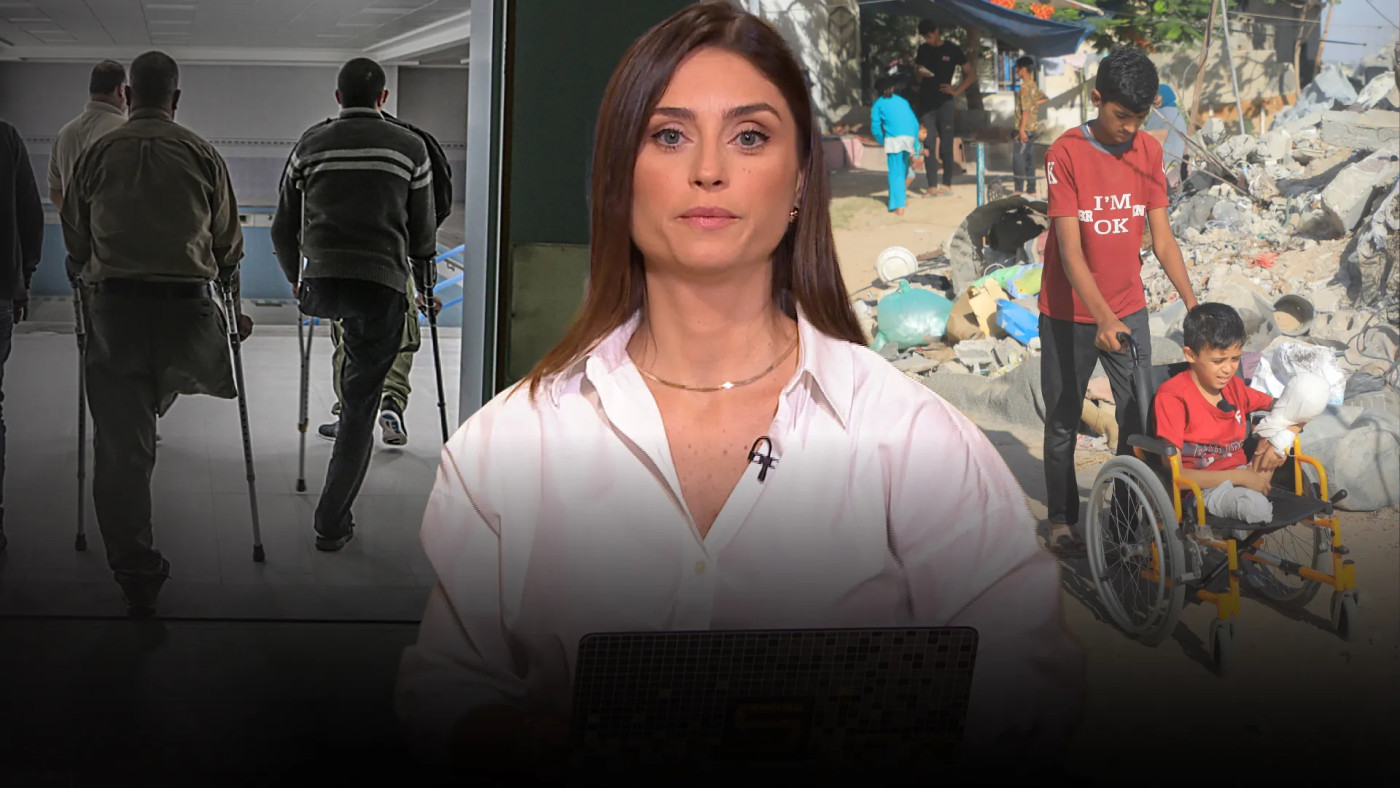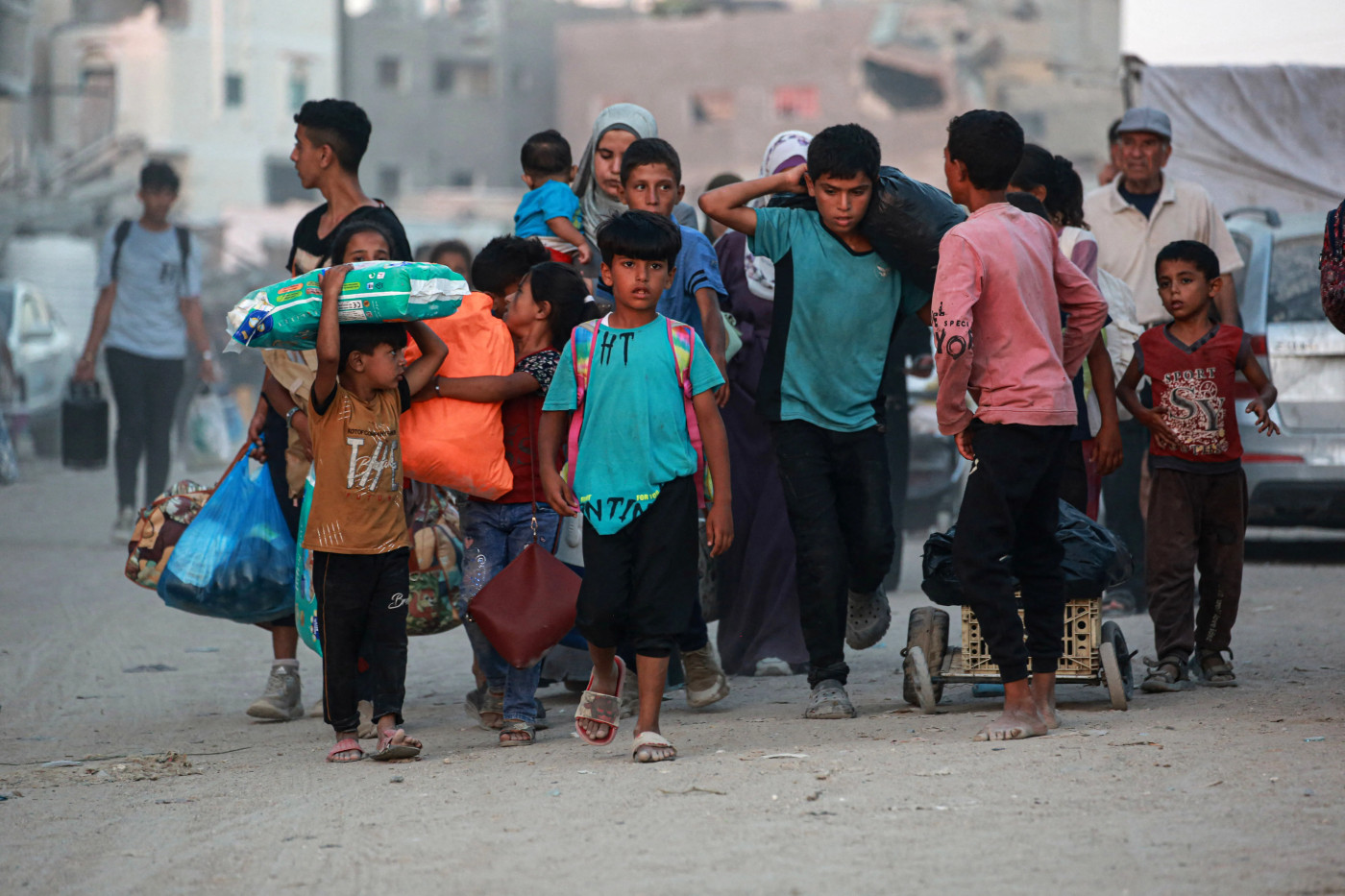Russia's Ground Drones Upgraded to Thwart Ukraine's FPV Attacks
Russia is fixing protective shields onto its ground drones, new footage indicates, after Moscow and Ukraine invested in shields designed to protect tanks and armored vehicles from first-person-view (FPV) drones.
Footage shared by Russian state-controlled TV network Zvezda, aligned with Moscow's Defense Ministry, appears to show ground drones, or unmanned ground vehicles (UGVs), fixed with structures to block incoming drone attacks.
Newsweek has reached out to the Russian Defense Ministry for comment via email.
Russian UGV with cope cage https://t.co/J37vXqicyW pic.twitter.com/9jDV5EWMpX
— David Hambling (@David_Hambling) June 29, 2024
As the more than two years of full-scale war in Ukraine has spurred on drone development on land, in the air and on the sea, the need for new methods to counter innovative drone strikes has grown.
Both Moscow and Kyiv have brought in designs to guard its armored vehicles and tanks from cheap explosive drones.
Oleksandr Myronenko, chief operating officer of the Metinvest Group within Ukraine's Steel Front initiative, told Newsweek last month that it was fitting steel cages to U.S.-supplied M1 Abrams tanks operating in eastern Ukraine, as well as onto Kyiv's stockpile of older, Soviet-era tanks.
"Drones, now, at the present moment, are the biggest danger for the tanks and for any kind of armored vehicles which the Ukrainian army uses," Myronenko said.
Structures often referred to as "cope cages," and the more comprehensive covers pejoratively dubbed "turtle tanks," have appeared in combat footage coming out of the eastern Donetsk region in recent months. Cages have appeared around howitzers and motorcycles, as well as armored personnel carriers and tanks.
"Turtle tanks" are typically Russian vehicles outfitted with protective sheets, bolted on in the hopes of thwarting Ukrainian FPV drone onslaughts. Clips circulated online appear to show at least one Ukrainian drone slipping underneath a "cope cage" on a Russian tank.
Adding this type of protection to ground drones is a new trend, but not one that is surprising when the battlefields in Ukraine are filled with FPV drones and other uncrewed vehicles on the attack, said Samuel Bendett. He works extensively on drone technology with the U.S.-based CNA think tank.
"We have already witnessed instances of attacks by FPVs on UGVs—both Russian and Ukrainian—so this type of defense was probably a matter of time," Bendett told Newsweek.
It is not clear how these "cope cages" or counter-drone tweaks will affect how ground drone operators can monitor the battlefield, Bendett added, suggesting UGVs may be increasingly accompanied by airborne drones for better situational awareness.
Ground drones attract less attention than the airborne vehicles constantly buzzing over Ukraine or the naval drones that Ukraine's GUR military intelligence agency and SBU security service have effectively wielded against Russia's Black Sea Fleet.
Ground drones can take on missions that would be very dangerous for humans, and provide logistics or support for evacuation operations, as well as firepower.
Disclaimer: The copyright of this article belongs to the original author. Reposting this article is solely for the purpose of information dissemination and does not constitute any investment advice. If there is any infringement, please contact us immediately. We will make corrections or deletions as necessary. Thank you.


